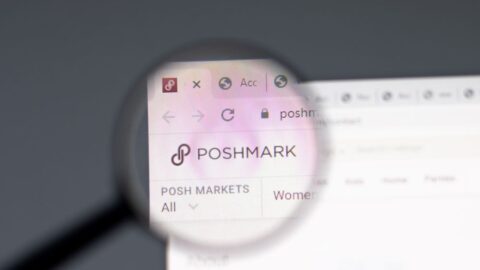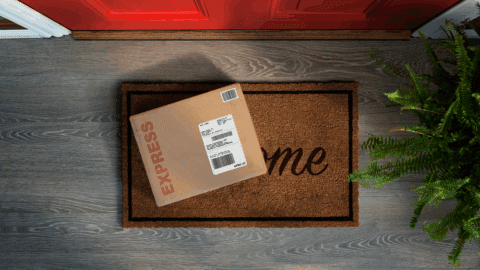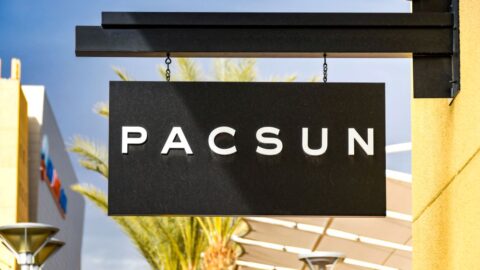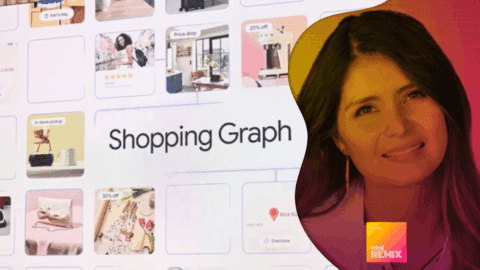This is Part III of “Gamification In Retail,” a four-part series discussing the growth of gamification: what it is and how best-in-class retailers are leveraging it. This section investigates the gamification strategies of Best Buy, Gilt Groupe and HSN. Part I appeared in the March 13 newsletter, and Part II was featured in the March 20 newsletter. Part IV will appear in the April 3 newsletter.
The gamification market is on the upswing. Awareness and proliferation of gaming strategies is expected to continue throughout the coming years, according to industry experts.
Gartner predicts that by 2014, more than 70% of Global 2000 organizations will have at least one “gamified” application. While many consumers are drawn to games due to the promise of rewards and free goods, analysts reveal that gaming strategies can be applied to motivate and change behaviors.
“Gamification aims to inspire deeper, more engaged relationships and to change behavior, but it needs to be implemented thoughtfully,” said Brian Burke, Research VP of Gartner, in a press statement. “Most attempts at gamification currently miss the mark, but successful and sustainable gamification can convert customers into fans, turn work into fun, or make learning a joy. The potential is enormous.”
With gamification gaining more traction in the retail industry, innovators are coming to the forefront. For example, Best Buy, Gilt Groupe and HSN all excel in utilizing game mechanics and concepts, such as rewards, incentives, auctions and challenges, to drive customer engagement and purchases.
Best Buy Boosts In-Store Traffic With shopkick
Location-based check-in applications such as foursquare and shopkick allow people to find new hangouts, obtain information on special sales/offers and, most importantly, be rewarded for frequent visits to their favorite locations. Although foursquare provides consumers with badges and “mayorships” as currency to further bragging rights, shopkick provides shoppers with points that can be exchanged for tangible items.
Electronic goods retailer Best Buy partnered with shopkick in an effort to increase foot traffic and purchase rates at its stores, especially among its less loyal consumer base, according to Doug Galen, CRO of shopkick, Inc.
“The good news for retailers like Best Buy is that loyal consumers absolutely are going to use a company-branded mobile application,” Galen told Retail TouchPoints. “However, the majority of Best Buy customers are not their most loyal, and these shoppers need a different solution.”
By tapping into shopkick via iPhone or Android, shoppers collect Kick Points, which is the application’s currency. By scanning items in Best Buy locations and completing challenges, shoppers can earn Kick Points, which are then redeemable for discounts and free goods. This strategy allows retailers to guide shoppers across the buying journey — from browsing, to consideration, and then purchase, according to Galen.
“Every action is intended to get shoppers closer to buying, and also help retailers get a higher ROI on their marketing spend,” Galen said. “To make the store the star, retailers have to think about the in-store experience, as well as the arc to the ‘couch experience,’ which takes place before the in-store visit. This is when consumers, especially women, do more window-shopping and browsing before determining what they want to do once in the store.”
As shoppers grow more fluent in browsing and comparing prices via smartphone, brick-and-mortar retailers are struggling to keep pace with discount merchants, such as Amazon, that contribute to the rise of “showrooming.” In fact, many shoppers are using in-store aisles as their own personal showrooms to ensure they grab the best price.
However, leading retailers such as Best Buy are combating the rise of “showrooming” by utilizing the optimal mix of personalization, rewards and fun, Galen added. “When you get that mixture just right, the application becomes addicting in a fun way and drives your purchase decisions, which are fueled by rewards,” he said. “Rewards increase loyalty, versus discounting, in which retailers only compete on price. This is where it’s vital to get the fun part correct. Once consumers are in the store, it’s all business.
Gilt Groupe Taps Exclusivity To Drive Purchase Urgency
eBay is a notable “founding father” of gamification. By leveraging a digital auction format, which is a game inherently, shoppers compete for discounted goods and sought-after collectibles on a restricted deadline, providing the optimal incentive to keep pay attention to sales. The principles of limited assortment and time restrictions have carried over successfully to flash sale and daily deal sites, such as Gilt Groupe and Groupon. Through these platforms, shoppers are urged to complete impulse purchases and compete with one another to receive the best buys.
During the 2011 Gamification Summit in New York, Gilt Groupe CMO and Co-Founder Alexandra Wilkis Wilson discussed how the Gilt Groupe site was developed through the concept of sample sales. By providing limited assortment and high discounts on luxury items, the company provides shoppers with the ultimate incentive to visit the site early and often.
“First and foremost, we require customers to register,” Wilkis Wilson explained. “That’s one portal. Then, they need to check our site: if they want access to the best assortment of merchandise, they need to log in at 12 noon EST when the sale begins, since merchandise sells out very quickly.”
Gilt members have established methods of grabbing their inventory of choice, including signing up for item wait lists and “hoarding” items in their digital shopping carts. Wilkis Wilson also explained that shoppers have a tendency to “browse from the bottom up” to grab last-minute merchandise before sales end.
In an effort to increase loyalty, connectivity and purchases among its subscriber base, Gilt Groupe launched Gilt Noir, an elite loyalty group for the top 1% of its online shoppers. Gabe Zichermann, industry author and Summit Chair/CEO of Gamification Co, shared in his book, Gamification By Design, that eligible members receive a “welcome package,” which includes a scented candle and welcome card. However, exclusive access to sales and the ability to enter events 15 minutes early makes the program most coveted.
Interactive Games Help HSN Create A Memorable Brand Experience
While Gilt Groupe drives immediate action by utilizing time limitations and a competitive purchasing model, HSN takes a more hands-on approach to gamification by offering interactive games via its e-Commerce site.
Approximately four in 10 U.S. Internet users play social games, according to research from Information Solutions Group. Survey results revealed that overall interest and spending via these activities is on the upswing.
Multichannel retailer HSN grabbed the attention of gamers by releasing an online arcade in May 2011. By adding videogames to its web site, HSN increased engagement and community among its target consumer base. The HSN Arcade publishes games, such as Sudoku, PegLand and Crossword, on approximately two-thirds of a computer screen, while a live stream of the company’s television channel accumulates the remaining space. Players receive tickets for each game, which are redeemable for digital badges that showcase their expertise and dedication to their activities of choice.
During the 2012 National Retail Federation annual conference, HSN also spotlighted its foray into interactive digital signage. By leveraging Intel-based technologies, the retailer integrates touch screen technology with the in-store experience, and a touch of gamification. For example, shoppers can tap into the solution and walk through a virtual cooking class with chef Wolfgang Puck. During a series of cooking-related challenges, players can browse inventory, as well as save information and make purchases via their mobile devices. Consumers can compete against a high score, or battle their friends, creating a channel for shoppers to connect with the brand in a fun and memorable way.












